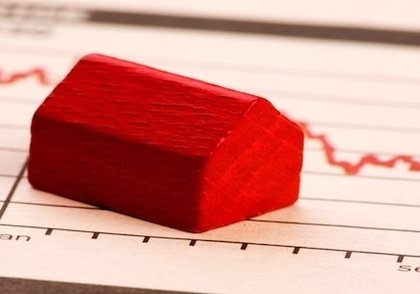Everyone has been holding their breath on when the higher mortgage rates will impact home sales; when exactly will that happen, though?
When mortgage rates began their dramatic rise back in May, it was more a matter of “when” then “if.” There was little doubt among analysts and real estate professionals that rising mortgage rates would impact the housing market, particularly home sales, yet there was little agreement on when those effects would be visibly apparent.
The folks at Trulia, though, have conducted some interesting research on the matter, and have come to some notable conclusions.
The 3 Stages of Higher Mortgage Rates
In its analysis, Trulia’s team combed through both mortgage rates and other related housing data from the last 14 years, and they found that when mortgage rates increase, there are three distinct stages:
1. The first casualty is refinancing – Refinancing applications fall, on average, by 45 percent in the first month of a mortgage rate spike, and this year has been no exception; in the two months following the rate increase, refinancings fell by a whopping 50 percent, and according to the latest data from the Mortgage Banker’s Association (MBA) refinancing activity is down 71 percent from its peak.
2. Pending contacts go next – The next area of housing to be impacted is that of pending contracts and home-purchase mortgage applications, though traditionally the decrease is modest (as was the case with NAR’s most recent pending home sales data).
How Damaging are Higher Mortgage Rates?
The one interesting history lesson that higher mortgage rates teach is the most unexpected – they’re actually not all that bad, relatively speaking. In the last 14 years, mortgage purchase apps and home sales data were actually stronger during times of higher rates, with only refinancing activity definitively lower. The reason, explained Trulia’s Jed Kolko, is a matter of broader economics.
“Over the past decade and a half, mortgage rates have been higher when the economy was doing better,” he wrote. “Since 1999, the correlation between the monthly unemployment rate – a good, if imperfect, measure of how the economy is doing overall – and the 30-year fixed rate was -0.8, making it a very strong relationship.”
